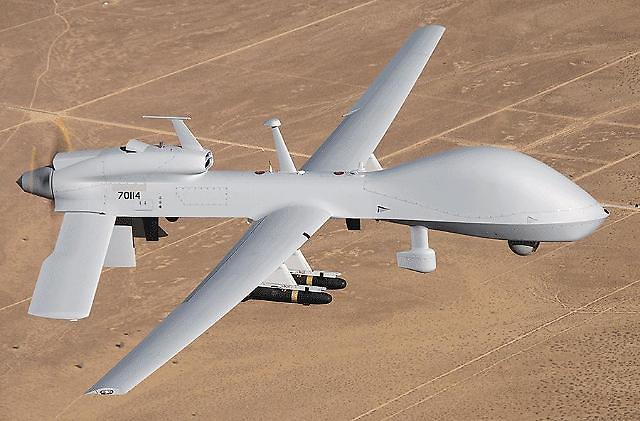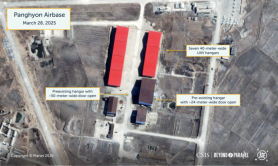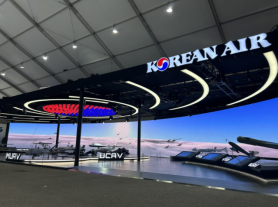
UAV operated by U.S. military [Courtesy of General Atomics]
Turbofan engines are essential for the localization of high-performance unmanned aerial vehicles (UAVs). Exports and imports of high-performance UAVs are strictly controlled under the Missile Technology Control Regime which limits the proliferation of missiles and missile technology.
The Defense Acquisition Program Administration (DAPA), a state body controlled by the Defense Ministry, is responsible for design, production and testing, while the Ministry of Trade, Industry and Energy will develop materials and components. The 88 billion won ($74 million) project would be finished in 2025.
"By developing turbofan engines for unmanned aerial vehicles, we will pave the way for the fourth industrial revolution and self-reliant national defense in the field of surveillance and reconnaissance," Kim Sang-mo in charge of DAPA's defense technology said in a ceremony on Thursday to sign a memorandum of understanding at the Agency for Defense Development, a defense technology research body in the central city of Daejeon.
Kim said the development of turbofan engines would contribute to national defense and enhance the competitiveness of South Korea's material, parts and equipment industry. High-value, high-temperature alloy materials and parts will be used for turbofan engines.
South Korea hopes to develop UAVs or drones like Gray Eagle, which are capable of staging tactical and strategic missions. However, core parts come from foreign countries, which are reluctant to transfer technologies.
In February 2018, a U.S. Gray Eagle drone unit was deployed in South Korea. Grey Eagle features an automatic takeoff and landing system that allows the aircraft to be launched and recovered without any operator interaction. It could reach speeds of up to 280 kilometers (168 miles) per hour during its 30 hour operation time.
Copyright ⓒ Aju Press All rights reserved.



